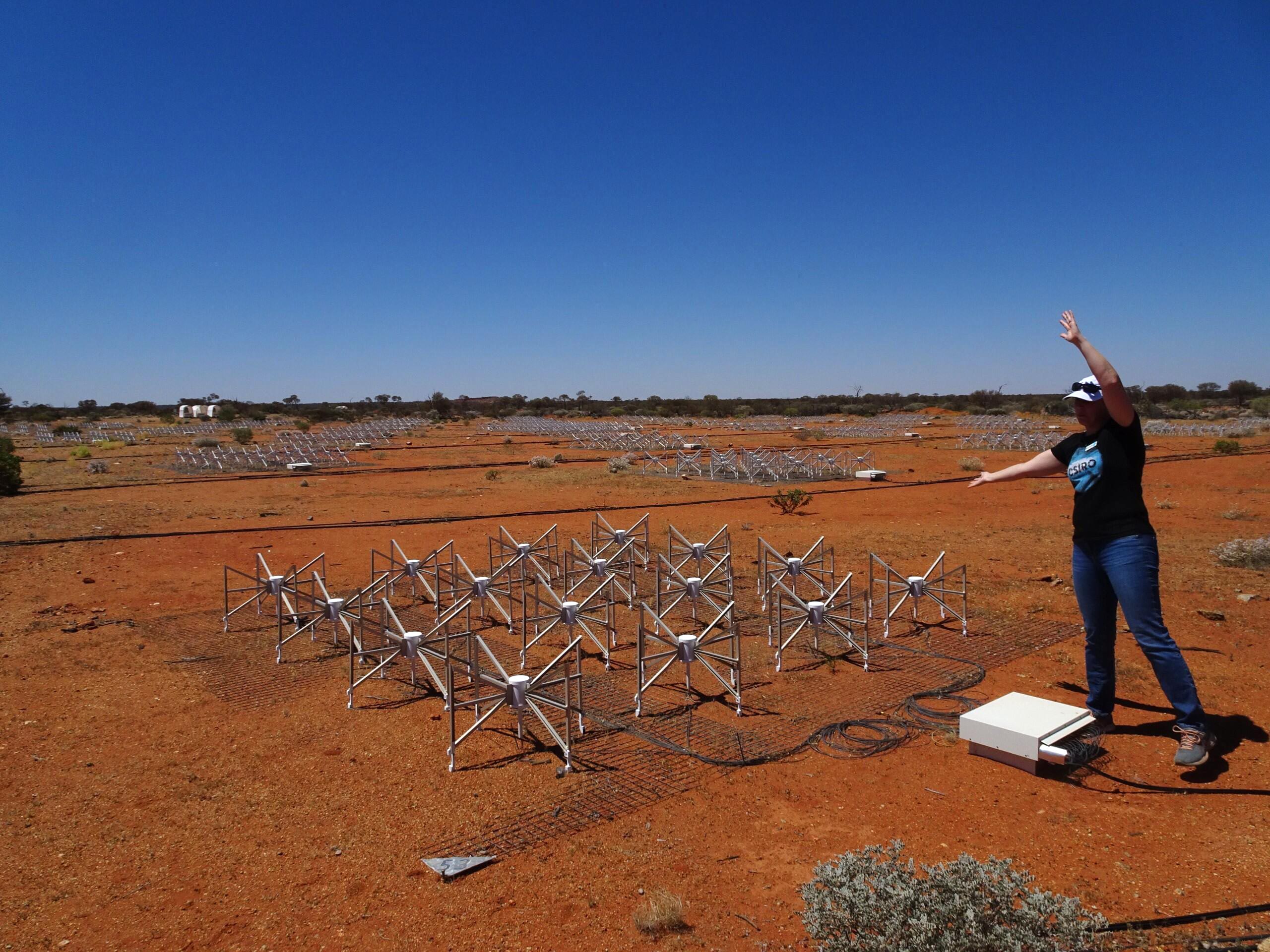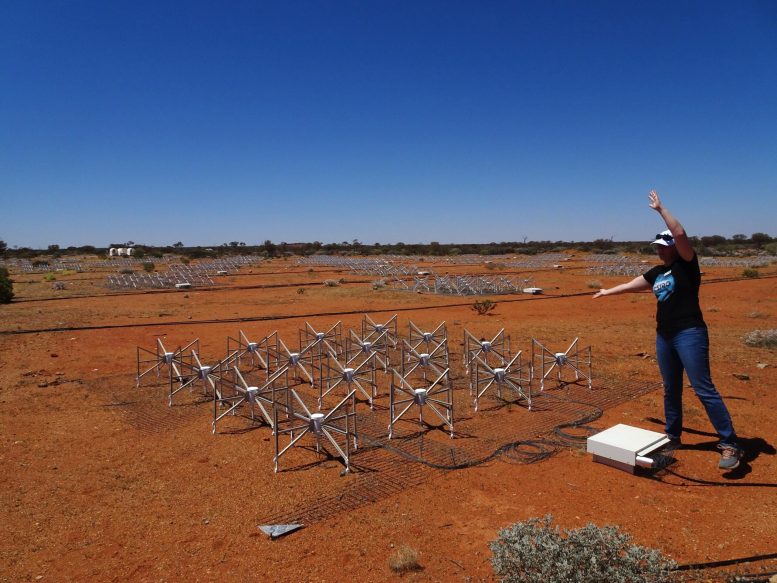

Scientists have embarked on a unique search using the Murchison Widefield Array to scan thousands of distant galaxies for signs of highly advanced alien technologies.
The SETI Institute, along with the Berkeley SETI Research Center and the International Centre for Radio Astronomy Research, have initiated a notable study using the Murchison Widefield Array in Western Australia. This pioneering research, led by Dr. Chenoa Tremblay and Prof. Steven Tingay, aims to detect alien technology in galaxies beyond our own by utilizing low radio frequencies (100 MHz).
Advanced Extraterrestrial Search Technologies
The innovative study capitalizes on the array’s extensive field of view, allowing the team to cover about 2,800 galaxies in one observation, with known distances for 1,300 of them. This approach expands traditional SETI research, which typically focuses on signals within our galaxy, to explore technologically advanced supercivilizations that might exist in distant galaxies. To send a signal from another galaxy, a civilization would need technology powerful enough to use the energy of their sun or several stars in their galaxy.
Insights From Initial Findings
“This work represents a significant step forward in our efforts to detect signals from advanced extraterrestrial civilizations,” said Tremblay. “The large field of view and low-frequency range of the MWA makes it an ideal tool for this kind of research, and the limits we set will guide future studies.”
While this first study did not find any technosignatures (signs of alien technology), it provides insights that will help focus future searches. It shows how important it is to keep exploring different radio frequencies and using the unique capabilities of telescopes like the MWA.
Expanding Technosignature Research
“The MWA continues to open up new ways of exploring the Universe for intelligent civilizations and technosignatures, while using the same data to study the astrophysics of stars and galaxies. This work is new and novel, but also paves the way for future observations with even more powerful telescopes,” said Tingay, who is also the Director of the MWA.
This research highlights the importance of working together internationally and using advanced technology to expand our understanding of the Universe. The SETI Institute explores the cosmos for signs of intelligent life and works to increase our knowledge of the universe.